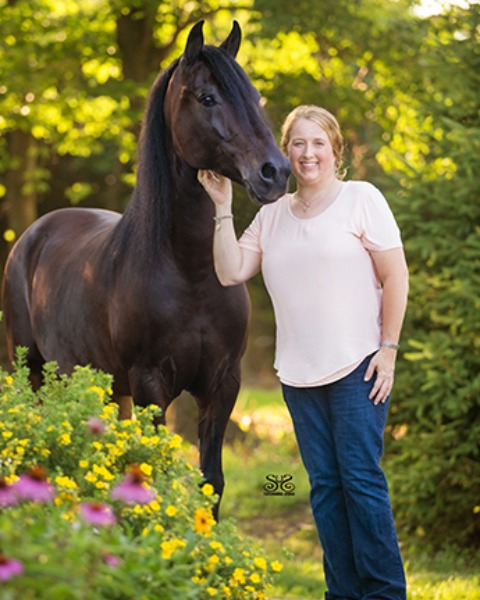Back
.png)

Small Animal
Session: What Makes Dogs Tick: The Impact of Evolution & Domestication on Their Genes & The Human Animal Bond
S27A - What Makes Dogs Tick: The Impact of Evolution & Domestication on their Genes & the Human Animal Bond
Wednesday, February 22, 2023
8:00 AM – 8:50 AM
Location: Mandalay Bay L, Level 2
Earn 1 CE Hours
Sponsored By
.png)

HUMAN-ANIMAL BOND ASSOCIATION, WVC

Angela Hughes, DVM, PhD
Scientific Communications Veterinarian & Veterinary Geneticist
Portland, Oregon, United States
Ann Bastian, VMD
Associate veterinarian
Ann E. Bastian, VMD
Blandon, PA, United States
Presenter(s)
Moderator(s)
Dogs and humans have co-evolved over many millennia in a mutualistic relationship. The close bond humans developed with dogs is evident in the archeological record dating back at least 14,000 years. As these two species evolved together, they both adapted to their environments and lifestyles. Genes involved in digestion, neurological processes, and even diseases like cancer show parallel evolutionary changes in both dogs and humans. This presentation will discuss the fascinating evolutionary history of “man’s best friend” and how their genetic adaptations have altered key aspects of the species impacting everything from the human-animal bond to nutrition to disease predispositions. Understanding the unique physical and psychological needs of dogs can improve our ability to care for and bond with them.
Learning Objectives:
- Understand the evolutionary history of the dog and how the dog differs genetically from its wolf relatives
- Become familiar with the co-evolutionary aspects of the human-animal bond and the genes and physiologic processes involved
- Recognize the nutritional needs and digestive capabilities of the dog and how they differ from wolves and other carnivores
- Consider how a shared environment has impacted both human and dog evolution and continues to impact the manifestation of diseases in both species





